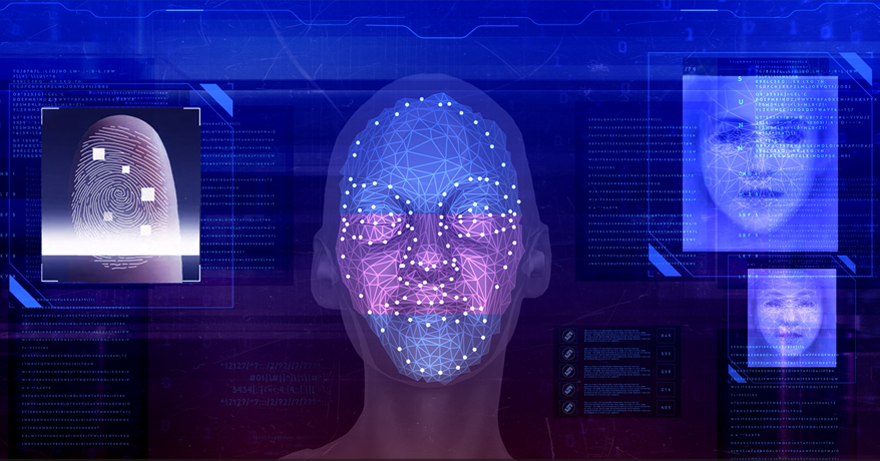
Spoofing and Deepfake Detection
sAIfer Lab's develops detectors to protect biometric systems from attacks such as presentation attacks, morphs and deepfakes.

In the development of biometric systems, studying the techniques necessary to preserve the systems’ integrity and thus guarantee their security is a crucial problem. The possible attacks on a biometric system are nowadays many and include attacks on the sensor, such as presentation attacks or spoofing attacks, or other types of attacks (typically on the channel but which can be brought into the physical domain via a print or the creation of a 3D fake) such as deepfake, morphing and adversarial attacks.
To counteract this possibility, pattern recognition-based detectors can be adopted for distinguishing between real and manipulated biometric traits. Although detecting attacks on biometric systems is not trivial and is an arms race problem, in which the designer is potentially unaware of the materials and methods adopted to attack the system, Pra Lab's experience in this field is decades old and has led to important results.
Among these, to cover the lack of common data and protocols to assess the performance of fingerprint presentation attack detection (PAD) systems, the Pra Lab's Biometric Unit is the organizer of the International Fingerprint Liveness Detection Competition (LivDet). The competition attracts numerous academic and industrial participants, driving innovation and improving the effectiveness of PAD algorithms.


Likewise, in response to the growing concern of manipulated media, where Artificial Intelligence is used to create realistic but fake images, videos and audio recordings, the Pra Lab carries out extensive research on Deepfake and Morphing detection. While these attacks are newer than presentation attacks, the current generative capabilities of automated models enable incredibly realistic data generation, posing significant threats to security, privacy and trust. For this reason our research focuses on the study of technologies capable of recognizing these manipulations in the most complex scenarios.
Goals and Target Users: our research aims to enhance the security and reliability of biometric systems by developing advanced detection methods for fraudulent activities.
The target users include government agencies, financial institutions, law enforcement, and private enterprises that rely on biometric systems for secure identification and authentication.
The implementation of robust detection techniques, capable of generalizing over never-before-seen techniques, aims to prevent unauthorized access, protect sensitive information, maintain trust in multi-media communications and maintain the integrity of biometric systems in various sectors.
Related videos
Active research projects


